Sketches of revolution: back to Zurich’s Strauhof in the 1970s
From the show at the Strauhof in Zurich that chronicled the genesis of Swiss counter-culture, here is a chronology of its most important steps.
Was it a cultural revolt? Was it a cultural state of emergency? It was for sure a miraculous moment of unifying renewing and awakening that happened more than forty years ago: two exhibitions and related events; two exemplary experiments at a prominent location in Zurich, the city-run gallery Strauhof: the shows Frauen sehen Frauen (Women See Women) in 1975 and Saus und Braus – Stadtkunst (Living it up – Art of the City) in 1980.
Last summer Stefan Zweifel and I presented an updated exhibition in collaboration with numerous protagonists from those years, tracing the activist impulses that suddenly set Zurich and the world culturally in motion.
In 1975 I was part of the feminist collective that presented the wildly rebellious exhibition Frauen sehen Frauen (Women See Women), a show between theatrical installation, intimate cabinet and learning program, made together with the legendary Frauenrakete (Women’s Rocket), an amateur theatre collective, and the Panzerknackerballett, a feminist “ballet” mimicking Disney’s Beagle Boys.
Five years later, also at the Strauhof Gallery, I presented as a curator Saus und Braus – Stadtkunst (Living it up – Art of the City), an exhibition that brought together the young art scene with the protagonists of the punk and new wave musical movements, exposing them to an astonished cultural establishment. The exhibition showed the fruits of a new self-image, nourished by the experiences of urban pop culture.
On the occasion, Peter Fischli and David Weiss showed as a duo for the first time, presenting their hilarious “Sausage Series” along with the crude and vital paintings by Martin Disler and Klaudia Schifferle, who was also the bass player of the bands Kleenex and Liliput. A publication was collectively produced with a raw, black-and-white look, resembling a voluminous punk fanzine. The exhibition also included a night long “monster” concert with nine bands performing. All these events marked the beginning of postmodernism and of a worldwide cultural awakening that continues to shape art today.
[Editor’s note: The following timeline is by Bice Curiger and Stefan Zweifel. It was originally printed on a wall of the Strauhof in Zurich as part of the above mentioned exhibition titled Ausbruch und Rausch (from 21/08 to 04/10/2020) and it was published in the exhibition’s catalogue (Edition Patrick Frey). This is its first version in English.]
***
1968
Let’s look back to Zurich in the late 60’s in order to understand how all this came about. Yes, until 1971 women couldn’t vote, and in 1967 – one year before the neuralgic ’68 – a protest in favour of the mini-skirt takes place in front of the Café Odeon. This is a revolt against hypocrisy: the venue, which is running a strip bar in the upper floor, has refused a woman entry to the ground floor café because she wore a short skirt.
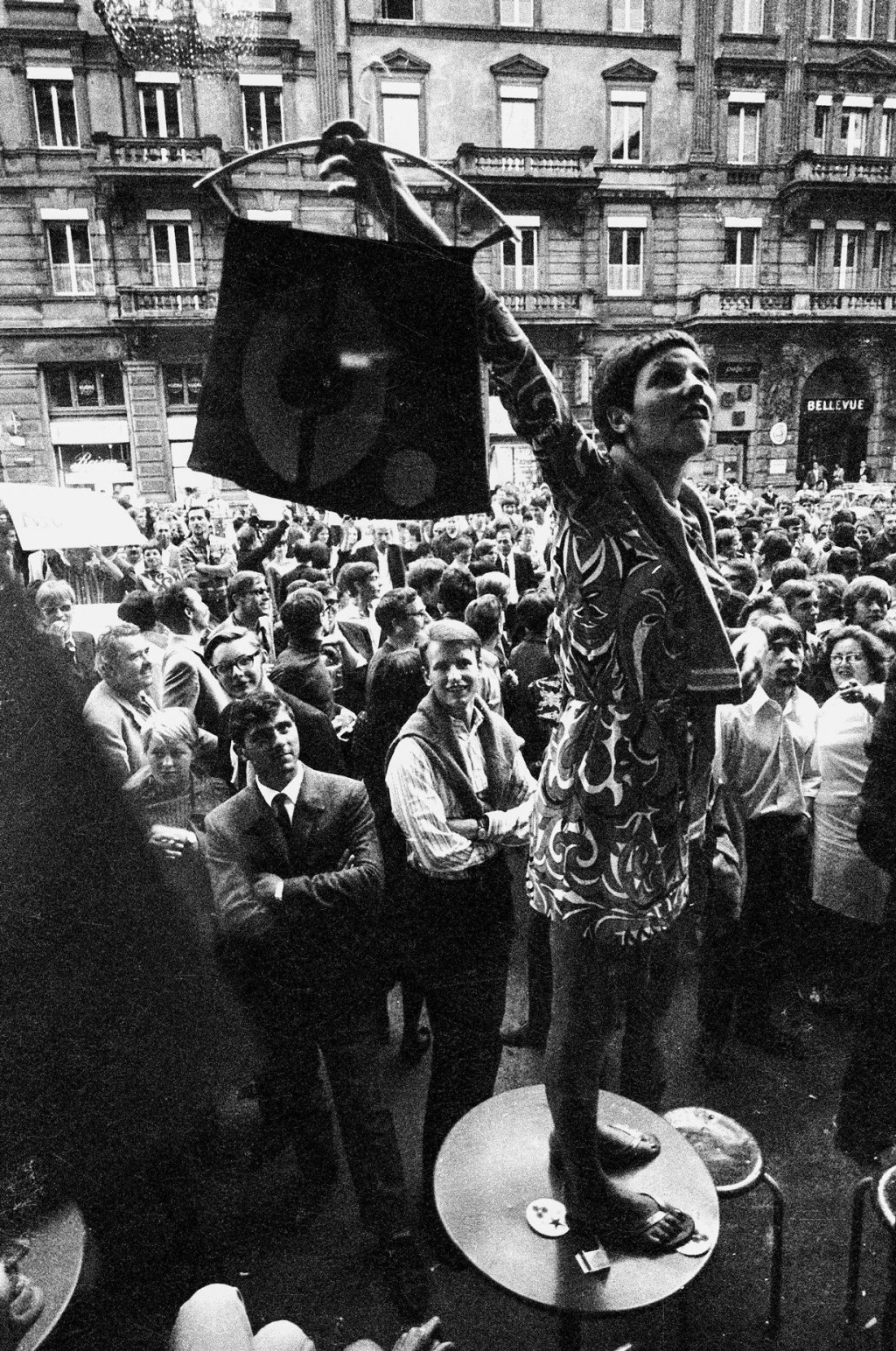
Minirockdemo in front of Café Odeon, Zurich, August 1967. Photo: Willy Spiller. 
Olivia Heussler, teenager in front of the café Odeon, Bellevue Zurich, 21 June 1980.
In 1968, the discourse turns to the political and social, but there is also something cooking in the cultural circles. Influenced by the German and French student revolts, the so-called “Globuskrawall” riots in Zurich find a female figurehead in Claudia Honegger during the Labor Day celebrations of 1969. After a spontaneous discussion between a rebel group and the organisers, she becomes the first woman in Zurich to hold the official May 1st speech, to the thrilled chanting of “Rosa Luxemburg” by the crowd. She is 22 years old at the time, a co-founder of the FBB (women’s liberty movement), and member of the progressive student union. Her speech already raises the still unredeemed demand for equal pay between men and women.

In the Volkshaus Zurich, the USA group Living Theatre performs Frankenstein, Mysteries and one year later Paradise Now. The group is an anarchist-pacifist commune that celebrates nudity and performs a radically different form of theatre. The Underground Explosion also takes place at the Volkshaus in 1969: a multimedia spectacle like those of Andy Warhol’s New York Factory. Valie Export’s Tapp und Tastkino leaves a lasting impression. On stage with Peter Weibel, she begins her “Totalangriff auf das traditionelle Kunstverständnis” (Total Attack on the Traditional Understanding of Art), which leads to turmoil in the theatre.
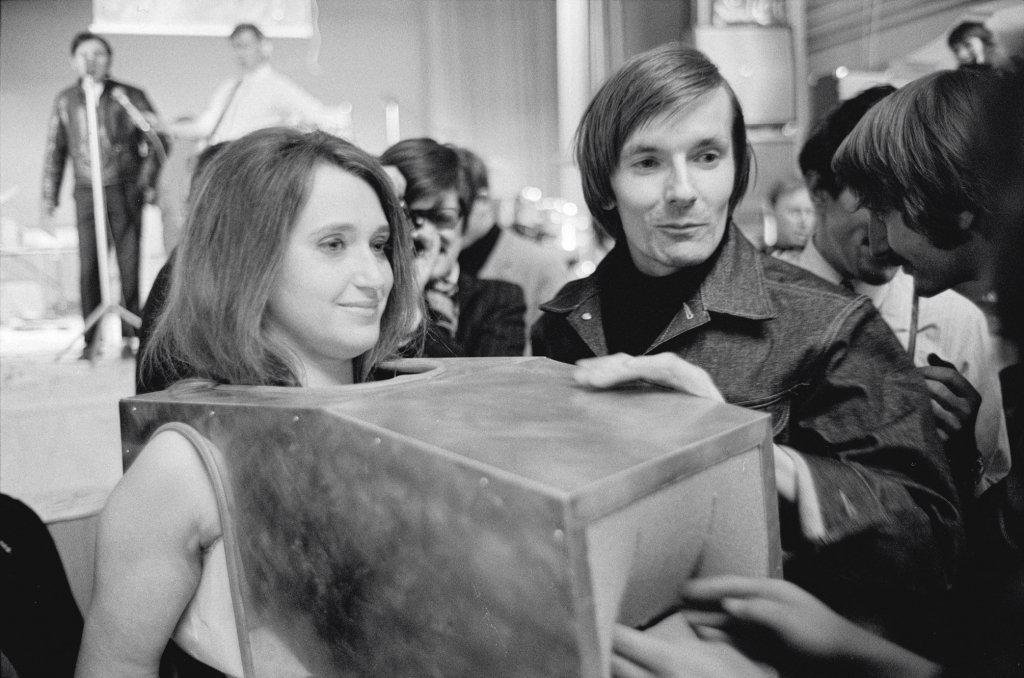
“Polizeistunde” (police hour) is the name given to the midnight closing hour of public locales in Zurich, a law that is meant to be in place until the 90’s. Those who desire to stay out later go to the shady private nightclubs. “Platte 27” is the name of the now legendary counterculture spot where the youth can dance beyond midnight and where artistically progressive genres mix. The program includes experimental live music and film à la Expanded Cinema. Among them are performances from the likes of Guru Guru Groove and projections of the early films of Hans-Jakob Siber, Dieter Meier or HHK Schoenherr. Mysteriously hidden behind dark sunglasses, Manon and the young Urs Lüthi also make an appearance. In the otherwise sparingly decorated location, his poster hangs there: “Urs Lüthi cries also for you”.
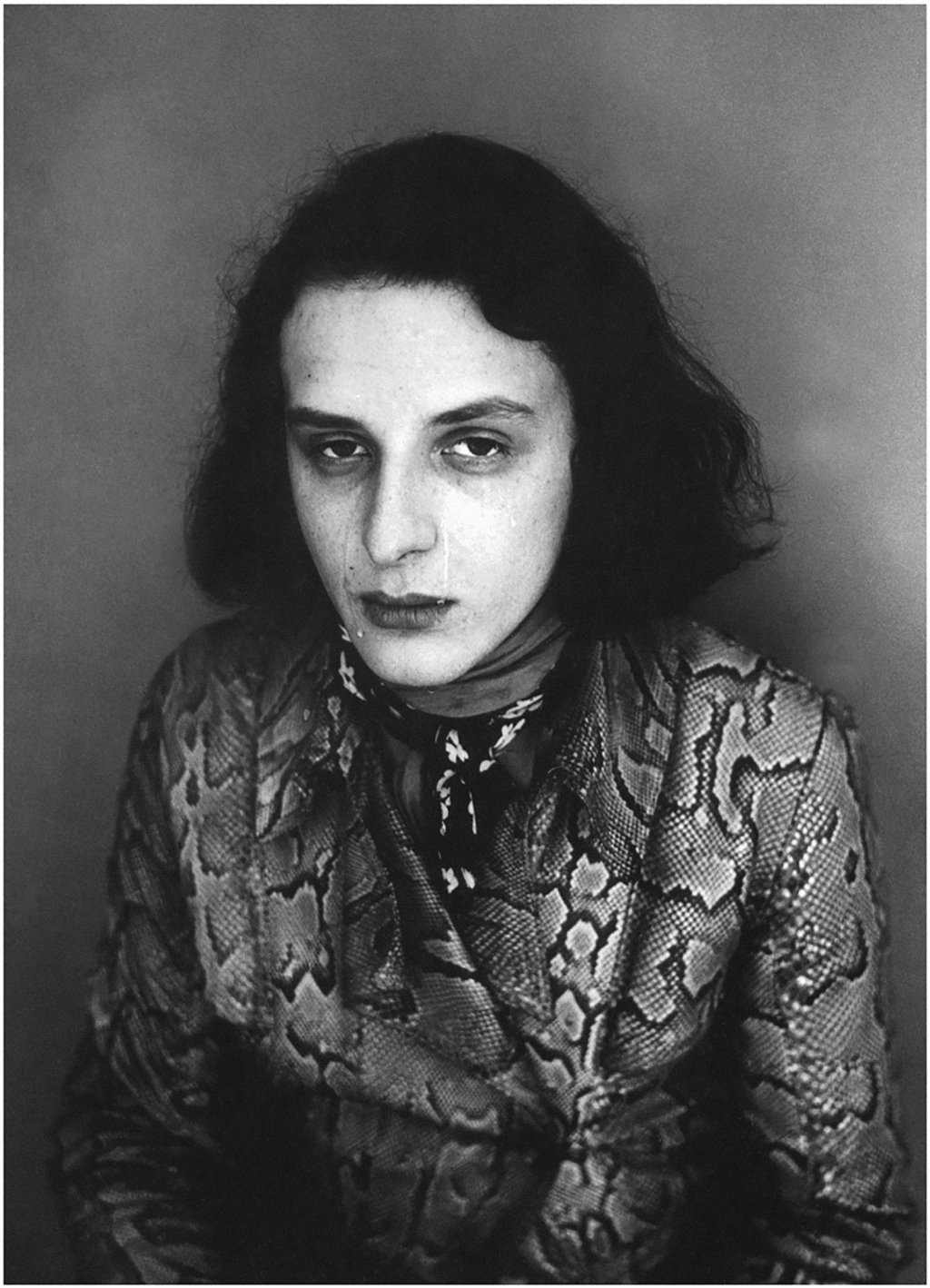
Urs Lüthi, Urs Lüthi cries for you too, 1970, Offset poster, 70 × 50 cm. 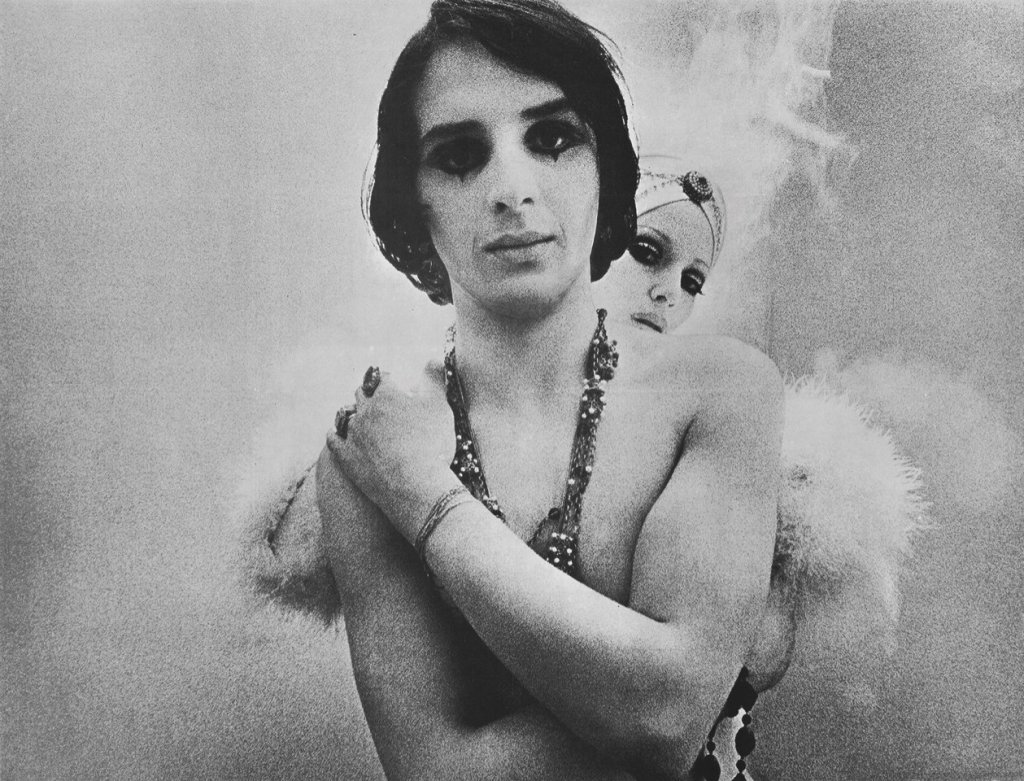
Urs Lüthi and Manon, large-format poster fanzine, published by Bob Fischer, Speed Ltd. 1968. Photo: Jean-Pierre Maurer, Robert Müller.
1970
Art and the so-called underground are naturally connected, for example in the Gary Snyder’s American beat inspired but simultaneously Frank-Zappa-fanzine trimmed Hotcha! (1968-1971). Published by Urban Gwerder, the hectographed leaflet features a young HR Giger, who is already showing his work at Galerie Stummer, and an article on André Thompkins by Daniel Spoerri.
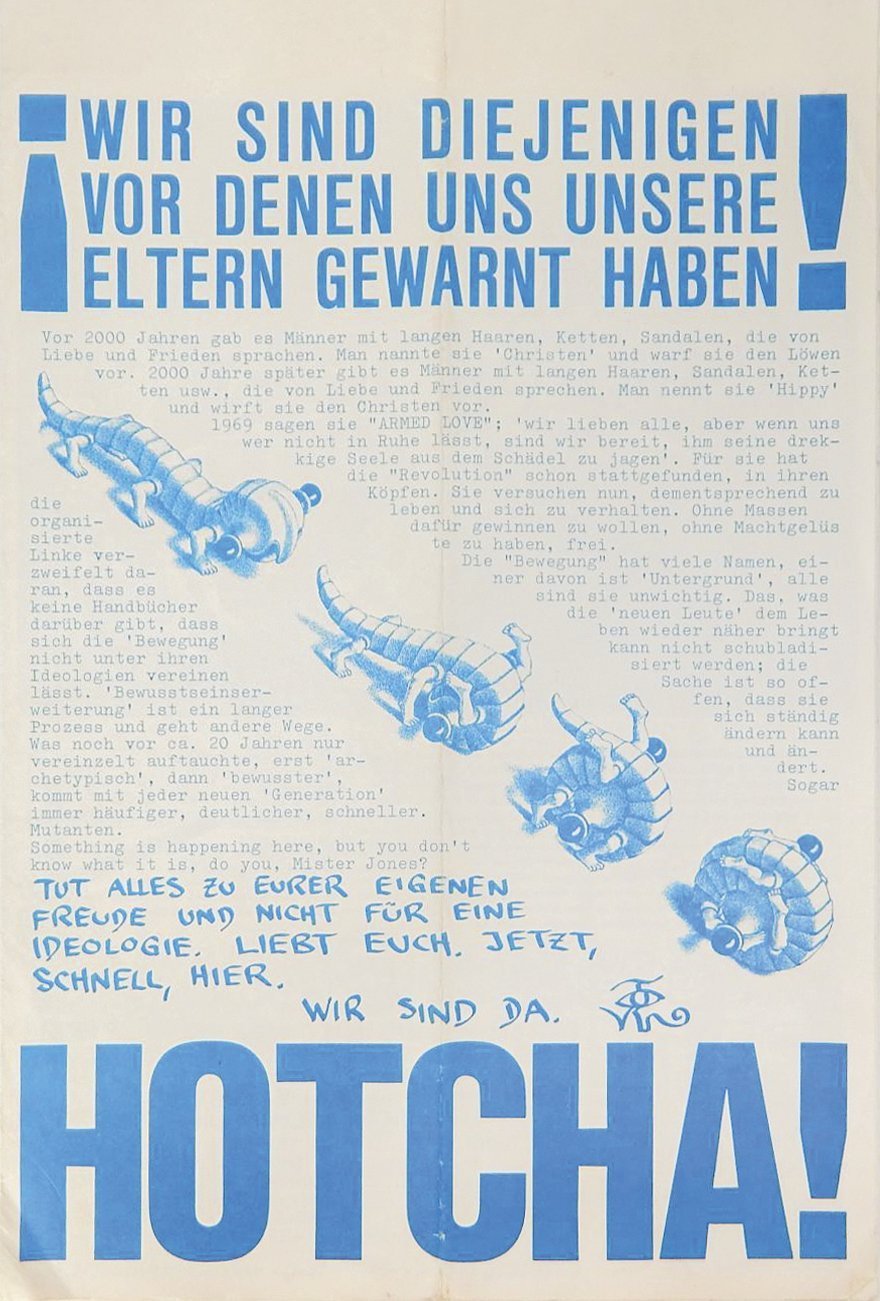
A new, vital, wild creativity is starting to surface. How to describe it? It embodies something like a paradoxical, refined roughness, shearing out without being weighed down by intellectuality. The playful approach undermines all dogma, including the omnipresent Bauhaus atmosphere. At the end of the 60’s, the defining concrete art becomes stuck in affirmation and degenerates in the eyes of the youth to art for banks, wall decoration for branches of the Sparkasse savings bank. The art historian and author Paul Nizon publishes Diskurs in der Enge, which remains quoted decades later, and in which he still speaks of Switzerland as a rural place, an image that is already then out of date.
1971
Even in the traditional institutions, such as the Kunsthaus Zürich, a shift is taking place, namely thanks to the unsettling and heavily discussed exhibition 11 Tableaux by Edward Kleinholz, presented in 1971. Among them are the anti-Vietnam-war protest piece War Memorial and Roxy’s: a morbid horror vision of a bordello, frozen in time, dimly lit, tight, stuffy and deeply theatrical.
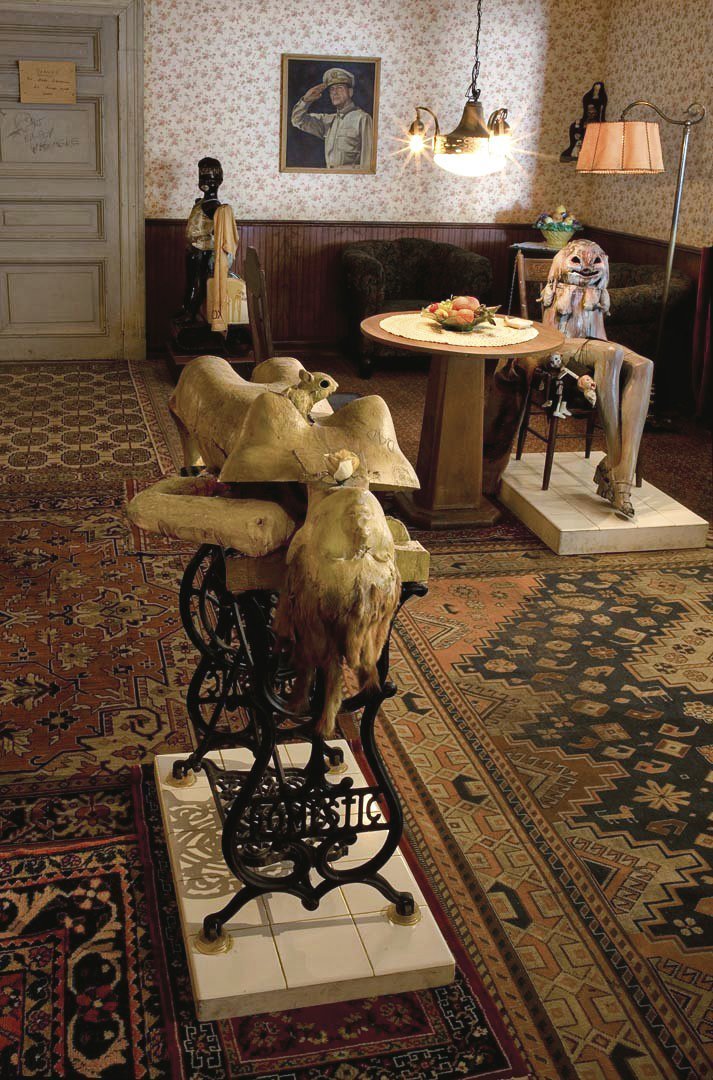
1973
Zurich was and is both a small metropolis and a rural town, big enough to be lively and connected to the symptomatic, new and exciting phenomena of the times. In 1973, after living several years in New York, the artist Heidi Bucher moves back to Zurich with her family. She tells her friend, painter Rosina Kuhn, of the Californian artists who have filled a house with provocative works and discussions with burning questions: the now famous Womanhouse of Judy Chicago and Miriam Schapiro. This leads them to create the Frauen sehen Frauen (Women See Women) exhibition in Strauhof.
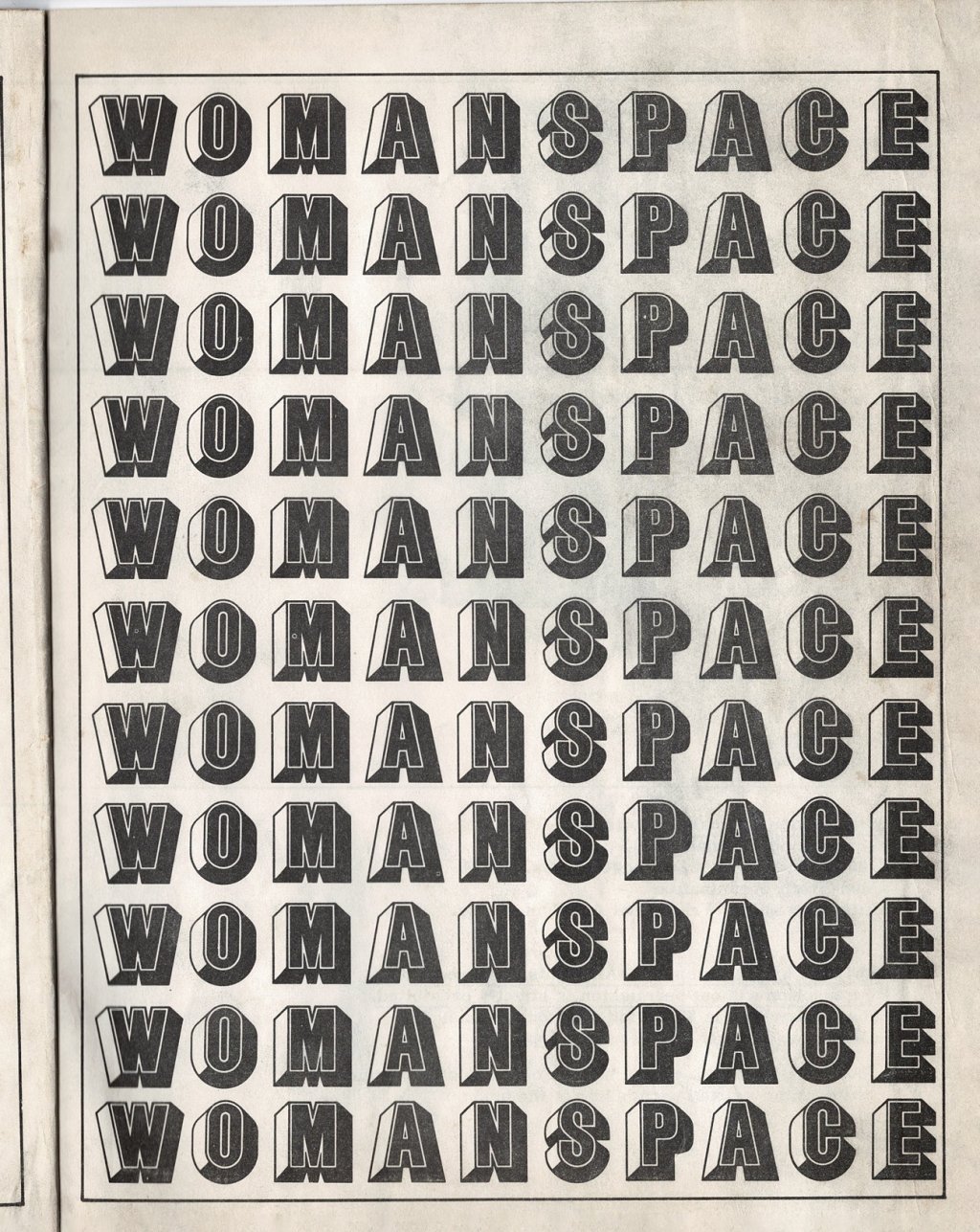
After the war, Switzerland is blessed with exceptional curators, like Arnold Rüdlinger, Franz Meyer, Harald Szeemann, who in 1969 writes exhibition history with When Attitudes Become Form, and Jean-Christophe Ammann, who presents really advanced work in the Kunstmuseum Luzern in the early 70’s. With his passionate and communicative style, he redefines the role of the mediator, generating a vibrant and influential art scene around himself. The Zurich galleries also emit a worldly energy.
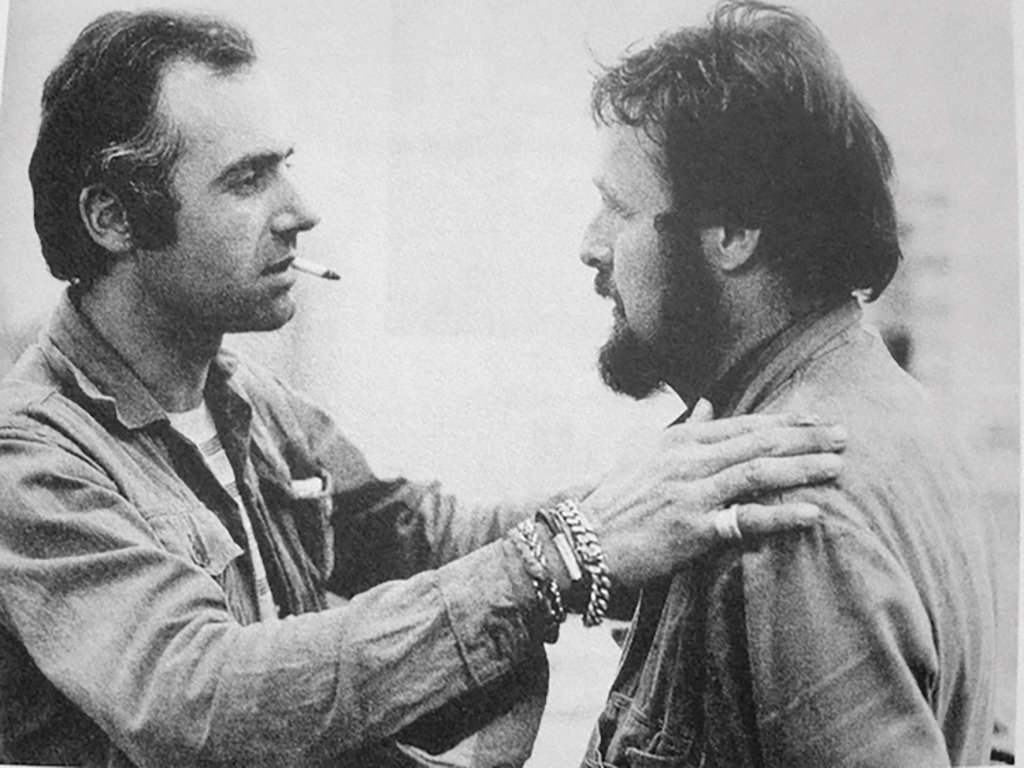
In Zurich, people look at the tame and wild When Attitudes Become Form calmly, from the corner of the eye. At the same time, calling yourself an artist is seen as somewhat pretentious. From a subculture or counterculture perspective, the issue is especially present in the Zurich “Szenedenken”, with David Weiss as its embodiment. He is connected with the macrobiotic shop Mister Natural on the Hirschengraben and he “makes stuff”: he draws wonderfully poetic, cartoonesque stories and paints a sort of Art Max Bill on LSD in delicate gouache. He produces small publications such as the Regenbüchlein. He exhibits at Stähli and in one of the most important exhibitions in the Kunstmuseum Luzern, Mentalität Zeichnung, in 1976.
1974
Urs Lüthi is the uncontested star of the 70’s in Zurich. Not only a great inspiration to others, he is also the artist to impishly attempt to overcome the metaphorical claustrophobia of Switzerland and, unusually for young artists of the time, exhibits in Italy, France, Austria and at the Documenta 6 in Kassel in 1977. With his photographic and performative gender-fluid role, playing and enchanting tone and coolness, his art receives wide acclaim. Jean-Christophe Ammann attributes him a central role in the renowned exhibition Transformer – Aspekte der Travestie at the Kunstmuseum Luzern in 1974.
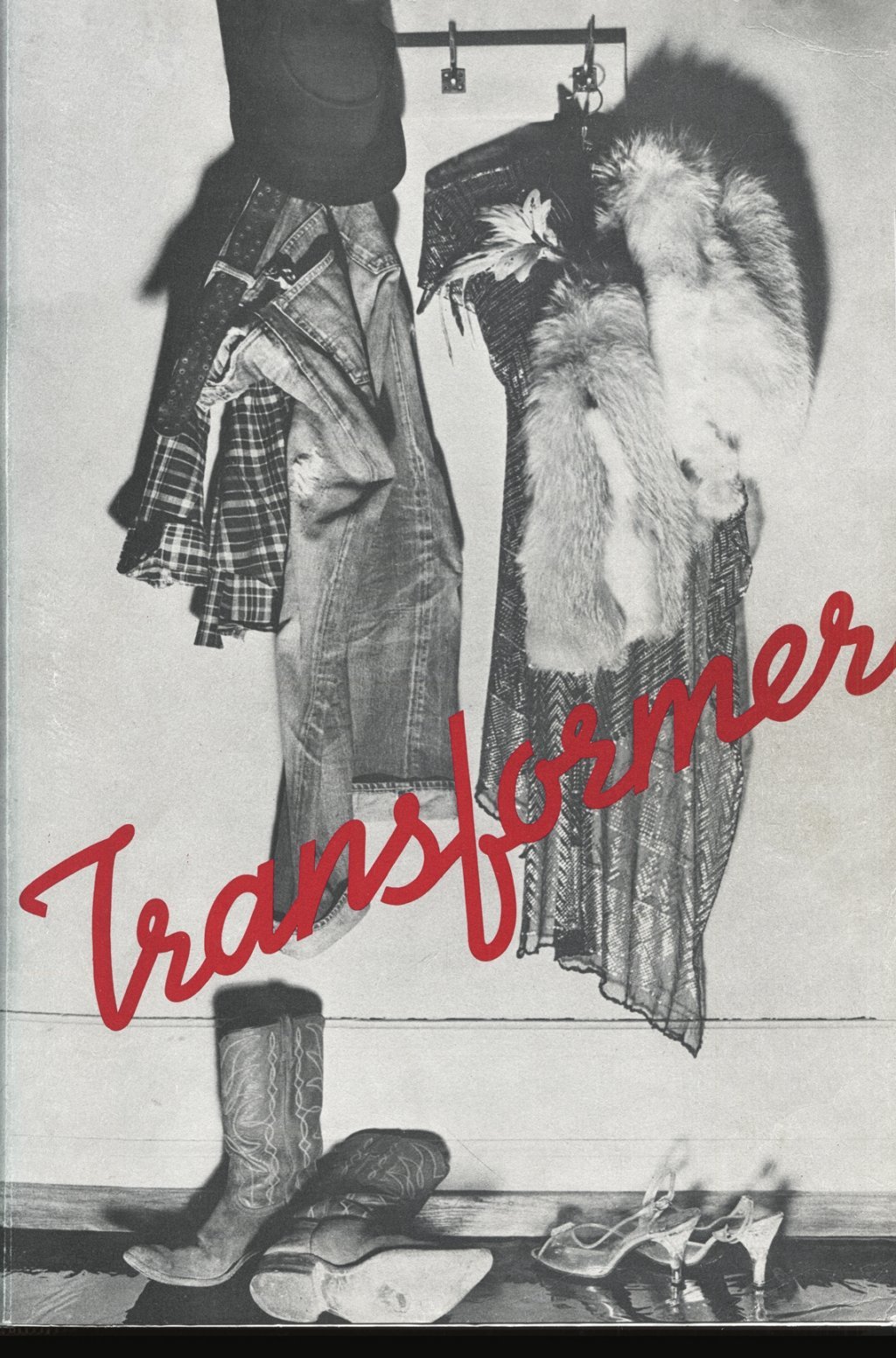
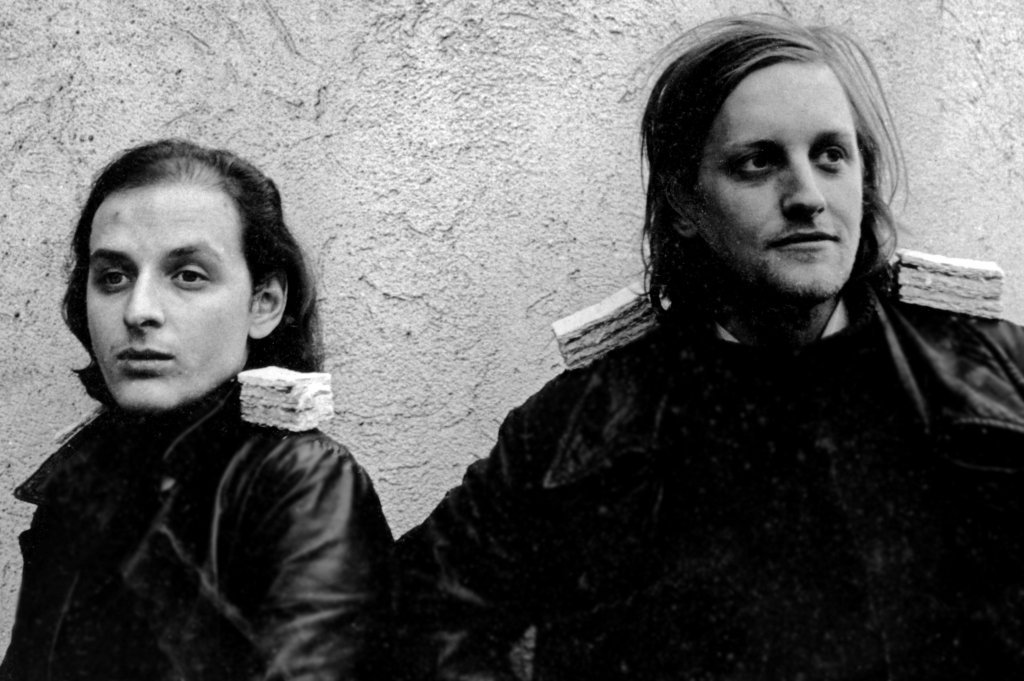
1975
On January 8th 1975, the exhibition Frauen sehen Frauen opens. The NZZ reports “a turbulent vernissage”: on the stairs, in the corridors and in the rooms of the Strauhof, the visitors can barely stand after 20 hours, let alone walk. In the alley in front of the house, those that were pushed back by the storm meet those that could escape the throng. Female power is in the air. 1975 is declared by the UNO the year of the woman. The mood is ripe. The finissage takes place in the hall of the restaurant Weisser Wind with a performance by the acclaimed theatre group Frauenrakete. It’s a new beginning for the aftershow of the exhibition. Cabaret evenings are already there, like Ecole de Charme, the makeup tutorial parody by Elisabeth Bossard.
1976
The ever ready Panzerknacker performs with the conductor/animal tamer Serge Stauffer, who is felled during the show. As the closing image of the performance, the women stand in a triumphant pose, treading on him as he lays there. At their 1976 performance at Schützenhaus Albisgüetli, Frauenrakete present a parody fashion show and an acidic, humourous TV quiz called Fröget Sie nöd! with Dominique Grandjean, psychiatrist and musician, who will also join Saus und Braus as a member of the band Hertz, founded in 1978. He writes such astoundingly idiosyncratic songs, like Willi Ritschard – in which the lyrics consist solely of the chapters of the biography of the eponymous social-democrat councillor – or Jodel, with the lines: “when the sun pushes itself behind the mountain side / the rhubarb in the vegetable patch sways in the wind / towards evening, when the cats make love / jodolohi, jodoloho”.

In December 1976, Frauenrakete make their last appearance at the Rote Fabrik. On the one hand they repeat beloved hits, on the other they perform with Troppo, a band in the style of Roxy Music. The young punk band Razzia plays too, demonstrating how creative vitality and rawness are increasingly brought into play by the new music scene. Their drummer is the son of Doris and Serge Stauffer, who co-founded F+F and took an active part in the aforementioned women’s activities. Doris is seen as a teacher by famous F+F acts like Klaudia Schifferle or Kleenex and Stephan Eicher, who scored a hit with Grauzone’s track Eisbär in 1980.
In the late 70’s, bands are shooting out of the ground in Zurich, despite the very limited performance spaces. Every square meter seems to be already commercially exploited. Noteworthy is the very high percentage of women musicians. Next to Kleenex there is Sarah Schär of TNT and Silvia Zanotta of Mother’s Ruin. Fanzine esthetics is celebrated with No Fun or Shit by the 14-year-old Noldi Meyer, who later initiates the Energy-Party in the aftermath of the first Zurich street parade. The wild picture language, combined with collaged texts, joins the catalogue of Saus und Braus.
There are some notable examples of the crossover between the music and art scenes. Among them is a young Peter Fischli, who designs posters and record sleeves for Kleenex, LiLiPUT and Hertz, as well as for a record shop. The available infrastructures are used against the grain: Ropress for printing jobs, founded by ’68 leftists; Sunrisestudio in Kirchberg for recording sessions, a studio that offers their services half price for non-commercial work. For live music, every venue has been pushed to the limit: from the Hey-Klub organised by the Swiss Homophile Association to Niederdorf student and youth clubs, to the “High Life” night club, reimagined as the “low life” club for this purpose.
1977
Music for Millions is the fitting name of Walter Pfeiffer and Lisa Enderli’s 1977 video piece. A collection of short, nonverbal and light-hearted sketches that take place in their flat, recorded on a rented camera. Walter Pfeiffer is among the inspiring figures of the time, with his filigree drawn poster designs for the Filmpodium and his fairylike photos of naked and half-naked men, released in 1980 as a book [here is the link to our interview with Walter Pfeiffer; ed]. He is also the photographer behind the group photo of the protagonists of Frauen sehen Frauen. Lisa Enderli, for her part, also exhibits her fine drawings as part of Saus und Braus in 1980.
In the city venues, a rural, intimate atmosphere mingles with eclectic, class and scene-defying events like never before. In other places, scenes quickly compartmentalise: here the students, there the artists; political activists in one spot and musicians in another. Popular bars are the Warholian Max’s Kansas City of Zurich’s Niederdorf. Importantly, Switzerland finds itself in the slipstream of the hard political divisions around the Brigate Rosse or RAF in the “German autumn” of 1977. The laid-back, open-minded and comfortable mood attracts artists from Hamburg, Cologne and Düsseldorf, like Sigmar Polke & Co.
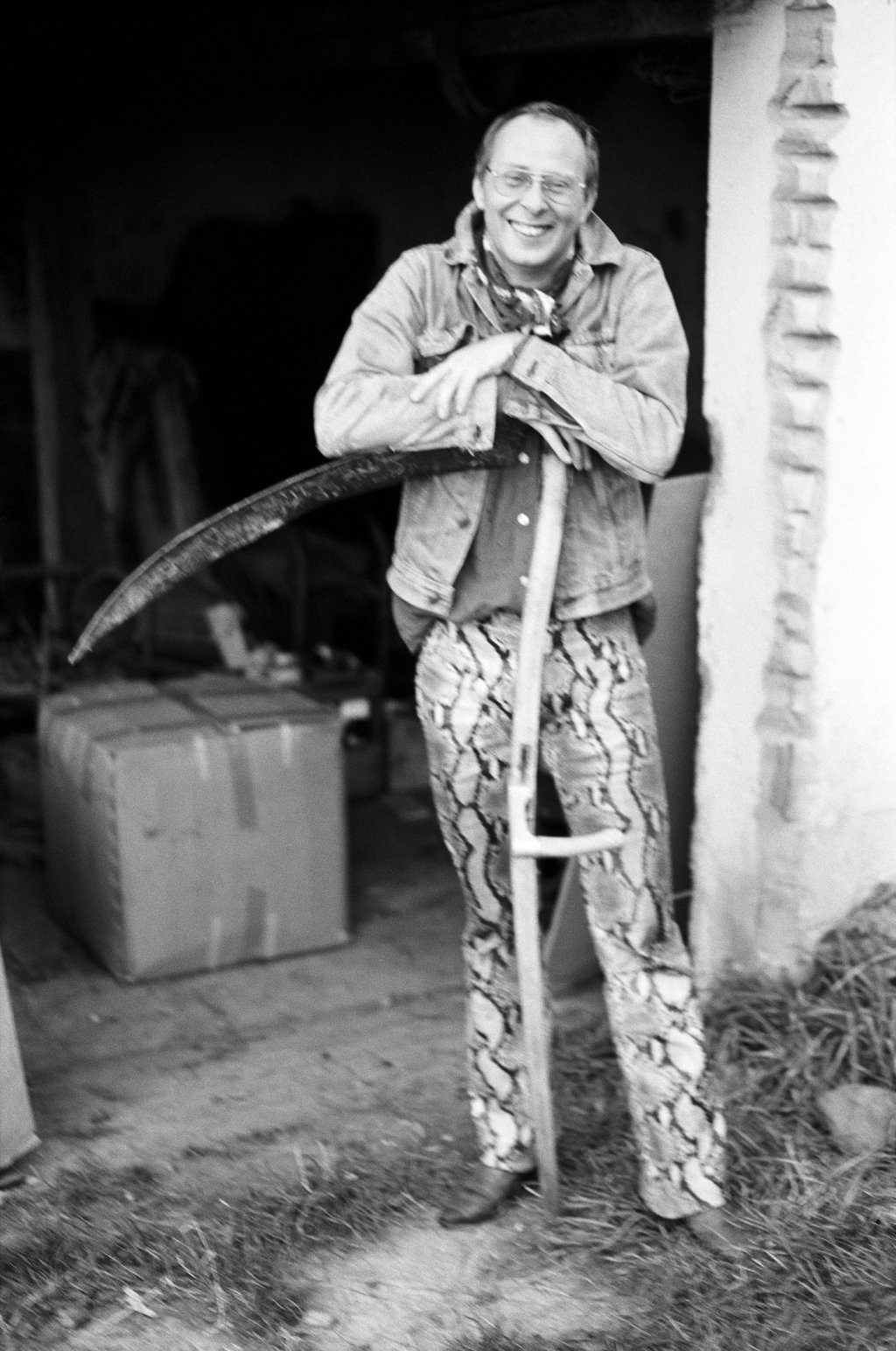
Artist or not, that is never the question! Everyone is a star, each individual a complex galaxy. The local scene sets itself apart from the rest as a wild, creative breeding ground, intelligent, unburdened by a theoretical corset, blessed with community and a cheeky confidence. Free radicals meet at night in the bars Fantasio, Kon-Tiki and Splendid, and later also in Castel Pub and the Hey-Club, which evolves from a meeting spot for homosexuals to a hot-spot of the punk scene.
1980
In 1980, a long article is published in the Kunst-Bulletin of the Swiss art society, titled Between e-culture and Punk, by Bice Curiger, about the post war generation growing up with rock music. Urs Peter Müller, short-term art councillor for the city, invites her to curate an exhibition on the topic in the Strauhof. It is titled Saus und Braus, is Zurich-related and wants to show the humus: “It was the intention from the beginning […] to make a system of reference visible, which otherwise would not reach the surface through the art institutions. The astute art viewer should recognise the once familiar in an unfamiliar context. Un po’ artista un po’ no is the name of an Adriano Celentano’s song”, as is the title of the preface in the catalogue.
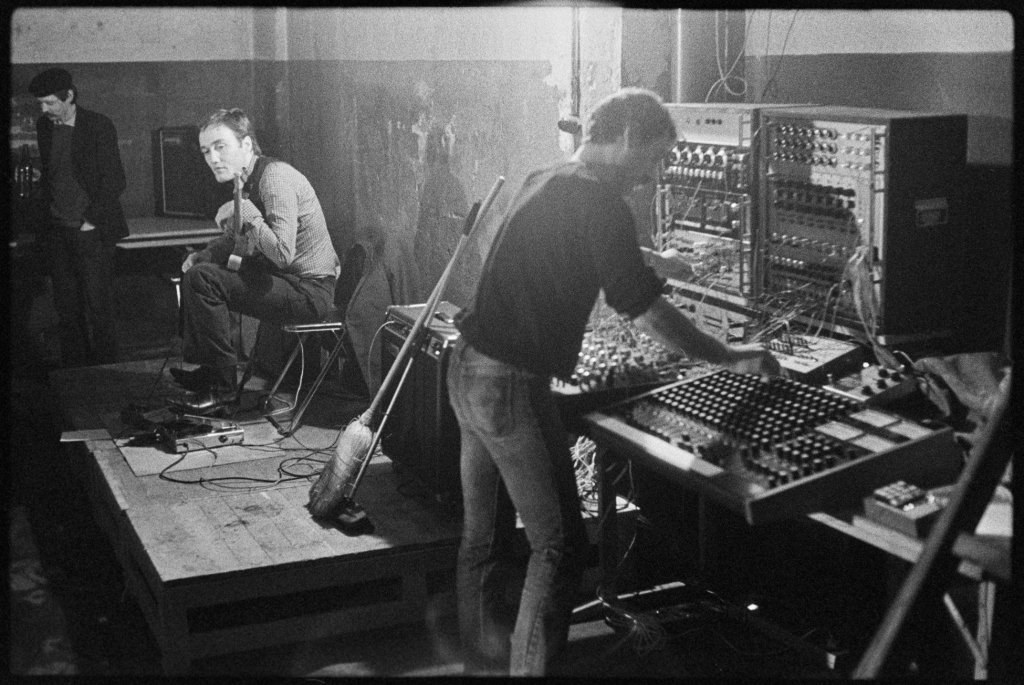
Most artists have never exhibited and maybe have never even considered it. At the same time, there are strong voices like Martin Disler, who presents the Invasion einer falschen Sprache (Invasion of a False Language) in the Kunsthalle Basel, causing an outcry with his raw painting as a mixture of punk and Antonin Artaud. In part painted on large format cloths or even directly on the wall, his works radiate an energetic posture, as if he wanted to erase everything clean, minimalist and ordered from the earth, once and for all.
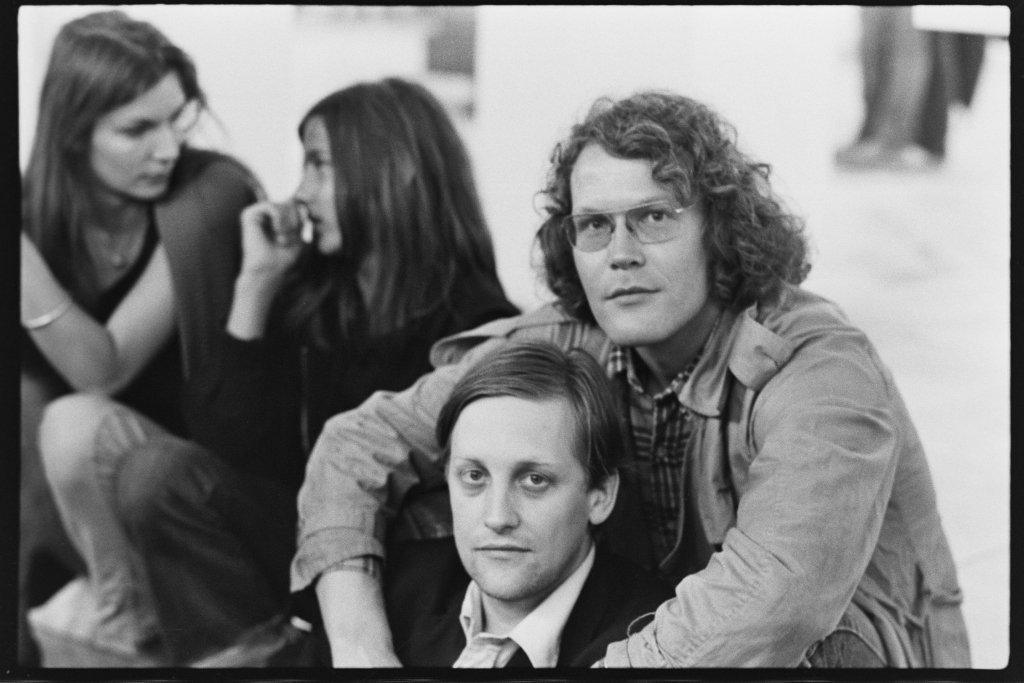
Peter Fischli and David Weiss display their Wurstserie at Saus und Braus in 1980, a piece that will later become famous. They are exhibiting for the first time in an institution as a duo. Klaudia Schifferle and Peter Fischli design the catalogue cover and poster for the show: with ironic revolutionary pathos, it is drawn in the style of a historical woodcut. It is an allegory of the four arts (art, music, film, poetry) with Schifferle’s rhymes and phrases “wood-carved” on it: “the painters of this town, always have it down” or “hooting on quiet soles” for the guitarist, “photo, film and light, there lies the trick” for the man with a camera, or for the one swinging a quill “merrily each night, he ever does write”. Klaudia Schifferle, the singer of Kleenex, later LiLiPUT, paints large works on cardboard, another great contribution to the gleeful visual directness of Saus und Braus.
Hanging at the entrance to the Strauhof, right next to the telephone, coin machine and ashtray, is Sergio Galli’s copy of David Hockney’s A Bigger Splash, along with copies of Picasso’s Demoiselles d’Avignon and a Miró piece. Galli’s copies are a homage, both to the original and the cliche that these artworks have become over time.
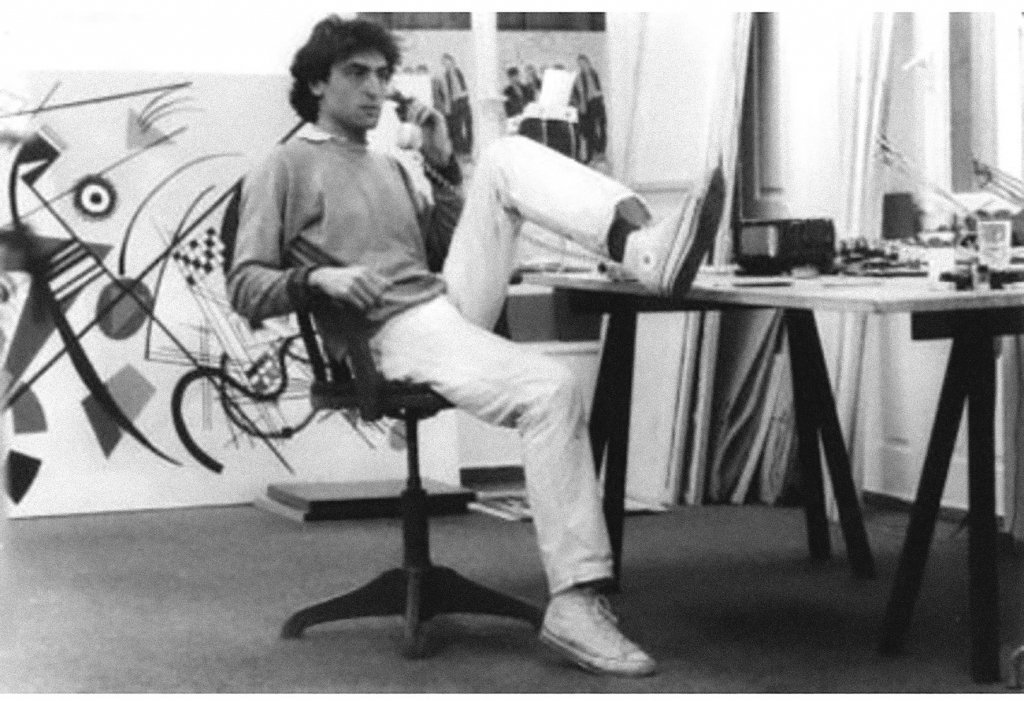
The accompanying program of the exhibition begins already at the opening, where LiLiPUT perform in the garage next door, as well as guitarist Steffi Wittwer with Ernst Thoma’s electronics. Under the linden tree in front of St. Peter’s church nearby, other performances are organized by the likes of Anton Bruhin, La Lupa and the poems of Disler.
On August 29th 1980, the seven hour long Monsterkonzert takes place, a parade of bands that were setting the tone at the time: Ladyshave, TNT, Hertz, Mother’s Ruin, LiLiPUT, Maloo Lala, Bucks – names that are recognised not only for a wide range of styles, but also for idiosyncrasy, urbanity and a pinch of humor.

Barbara Schneider, Walter Pfeiffer and Rica Pfenninger at Monsterkonzert, 1980. . 
Monster Concert: Intermezzo with people from the “Movement” at the Volkshaus Zurich, 29 August 1980. Photo: Andreas Züst.
The Monsterkonzert, like the exhibition, is connected to the events of “the movement”, the Opernhauskrawall of May 30th and the consequences thereof in the weeks after. The press says about the Stauhof that “city guerilleros” are at work there. They call it the exhibition of the “city Indians”, despite it being planned before the riots. It is undeniable that there are connections between the riots and the show, for example their demand for more recognition and support for young culture. Ironically, Saus und Braus could have proved the local government that they were already ante festum clear on this matter, before the need to throw bricks. Thankfully, Saus und Braus was never instrumentalized in this way, possibly because the politicians never got the opportunity to do so, as they were not accustomed to a complex discussion on culture.
Times have changed. While the present is dominated by a communication technocracy, many artists paradoxically find themselves sucked into a vacuum of local culture. The interesting thing about the events of 1975-1980 described here is the activist momentum, fueled by collective desires and unifying matters. Even when it was expressed with modest means, this momentum left an impact, thanks to a reactive, local echo-chamber that emerged at that time and serves as the foundation of our actions today.
December 8, 2020
